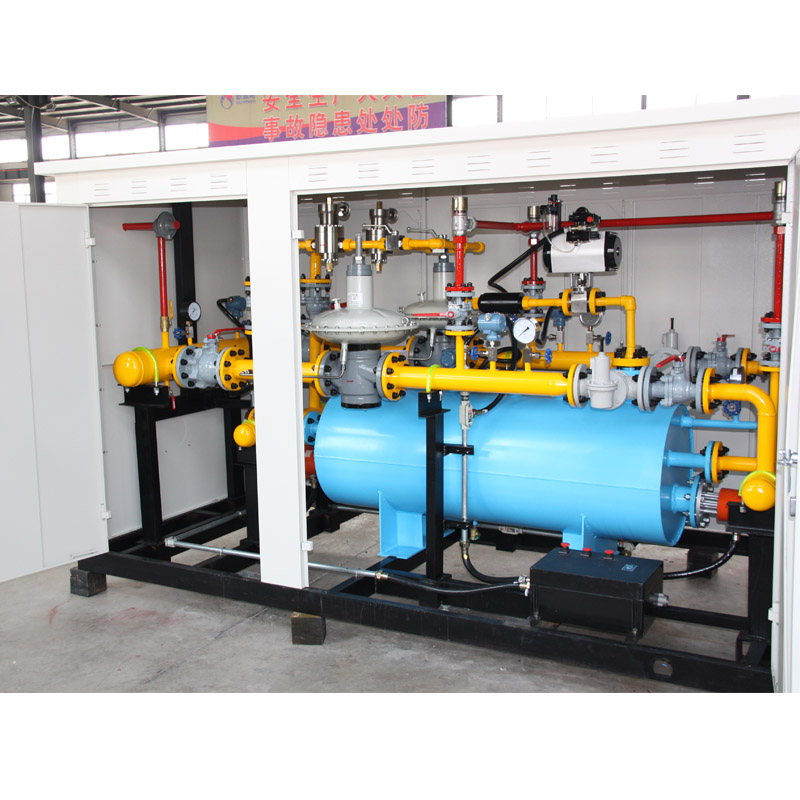
Dec . 28, 2024 08:01
Back to list
gas regulator
Understanding Gas Regulators Essential Components in Gas Supply Systems
In the realm of gas supply systems, the gas regulator plays a crucial role in ensuring the safe and efficient delivery of gas to various applications, from residential heating to industrial processes. As a device that controls the pressure of gas coming from a source, gas regulators serve to maintain optimal pressure levels, preventing potential hazards and operational inefficiencies.
What is a Gas Regulator?
A gas regulator is a mechanical device designed to reduce the high pressure of gas from a supply line to a lower, usable level. Typically, gas regulators are employed in systems where high-pressure gas is delivered from pipelines, tanks, or cylinders, and there arises a need to regulate its pressure to meet specific requirements for various appliances or equipment.
How Does a Gas Regulator Work?
The functioning of a gas regulator can be likened to a valve that opens or closes based on the pressure levels detected within the system. The regulator is connected to a gas source, and it continuously monitors the outlet pressure. If the outlet pressure rises above a predetermined threshold, the regulator adjusts by throttling the gas flow, thereby maintaining stability in the delivery pressure.
Gas regulators often consist of several key components, including a diaphragm, spring, and an adjustment mechanism. The diaphragm is sensitive to pressure fluctuations, while the spring provides a preset force that helps maintain the required outlet pressure. When the pressure increases beyond normal levels, the diaphragm moves to reduce the flow, effectively regulating the output pressure.
Types of Gas Regulators
Gas regulators come in various types, each suited for specific applications. Some common types include
1. Single-Stage Regulators These are typically used for low-pressure applications and are simpler in design. They reduce high inlet pressure to a single outlet pressure with minimal adjustments.
2. Two-Stage Regulators These provide more precise control by first reducing the inlet pressure to an intermediate level before delivering a consistent outlet pressure. They are commonly used in applications requiring a stable flow rate, such as residential heating systems.
gas regulator

3. Pressure-Reducing Regulators These are designed to lower the pressure in a system while ensuring that fluctuations in the supply pressure do not affect the outlet pressure.
4. First-Stage and Second-Stage Regulators Often used in high-pressure systems, these regulators provide a two-step pressure reduction, allowing for better flow control and safety.
Importance of Gas Regulators
The importance of gas regulators cannot be overstated. They not only ensure the safety of gas supply systems but also enhance efficiency. By maintaining optimal pressure levels, regulators help to prevent gas leaks, which can lead to hazardous situations. Moreover, they protect appliances from damage due to excessive pressure, extending the lifespan of equipment and improving operational reliability.
In industrial settings, precise gas pressure control is vital for processes such as welding, chemical manufacturing, and food processing. Regulators allow for consistent production quality by delivering gas at the required pressure, ensuring that operations run smoothly without interruption.
Safety Considerations
Given the potential dangers associated with natural gas and other gases, safety is paramount when using gas regulators. Regular maintenance and inspections are necessary to ensure that regulators are functioning correctly. Any signs of wear, damage, or malfunction should be addressed immediately to mitigate risks.
It is also essential to select the appropriate regulator for specific gas types and pressure requirements. Incorrect specifications can lead to inefficiencies and safety hazards, emphasizing the importance of consulting with professionals during system design and installation.
Conclusion
Gas regulators are indispensable components within gas supply systems, playing a vital role in ensuring safe, efficient, and effective gas delivery. By understanding how these devices work, their different types, and their importance in various applications, users can appreciate the crucial role gas regulators play in modern society. Whether in a home, an industrial facility, or a commercial building, the right gas regulator can enhance safety, improve efficiency, and contribute to the successful operation of gas-dependent systems.
Latest news
-
Safety Valve Spring-Loaded Design Overpressure ProtectionNewsJul.25,2025
-
Precision Voltage Regulator AC5 Accuracy Grade PerformanceNewsJul.25,2025
-
Natural Gas Pressure Regulating Skid Industrial Pipeline ApplicationsNewsJul.25,2025
-
Natural Gas Filter Stainless Steel Mesh Element DesignNewsJul.25,2025
-
Gas Pressure Regulator Valve Direct-Acting Spring-Loaded DesignNewsJul.25,2025
-
Decompression Equipment Multi-Stage Heat Exchange System DesignNewsJul.25,2025

